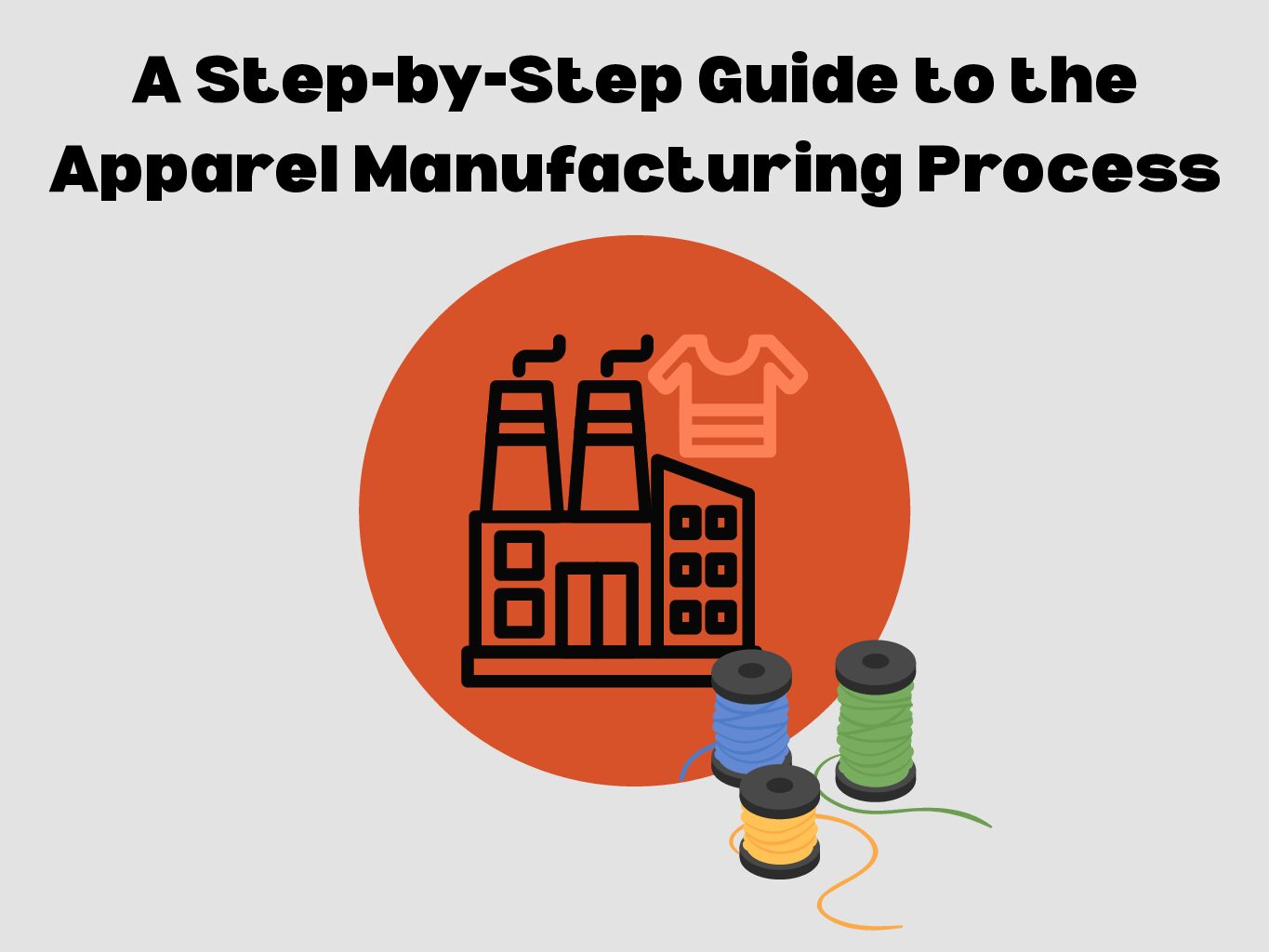1. Conceptualization and Design (Fashion Design & Trend Forecasting)
Every garment begins with an idea. Fashion designers and creative teams conceptualize designs based on current trends, consumer preferences, and market demands. This stage involves:
- Trend Forecasting : Analyzing global fashion trends using tools like WGSN or Pantone color forecasts.
- Technical Sketches : Creating detailed sketches and tech packs that include measurements, fabric types, and design specifications.
- Mood Boards : Visual representations of the collection’s theme, incorporating colors, textures, and styles.
Keywords : Fashion design software, CAD (Computer-Aided Design), sustainable fashion, capsule collections.
2. Material Sourcing (Textile Procurement & Fabric Selection)
Once the design is finalized, manufacturers source the necessary materials. This includes selecting fabrics, trims, buttons, zippers, and threads.
- Fabric Types : Common options include cotton, polyester, silk, wool, and eco-friendly alternatives like Telcel or recycled polyester.
- Supplier Relationships : Building partnerships with reliable suppliers ensures quality and timely delivery.
- Sustainability Focus : Many brands now prioritize organic, biodegradable, or ethically sourced materials.
Keywords : Ethical sourcing, textile innovation, circular economy, supply chain management.
3. Pattern Making & Grading (Garment Construction Blueprint)
Pattern making is the backbone of garment production. It involves creating templates that serve as blueprints for cutting fabric pieces.
- Flat Pattern Method : Using paper patterns to outline garment shapes.
- Digital Pattern Making : Leveraging advanced software for precision and efficiency.
- Grading : Adjusting patterns to accommodate different sizes while maintaining proportionality.
Keywords : Pattern grading software, zero-waste pattern cutting, 3D prototyping, laser cutting technology.
4. Sample Development (Prototyping & Fit Testing)
Before mass production, samples are created to test the design’s feasibility and fit.
- Fit Models : Real people or mannequins used to evaluate comfort and aesthetics.
- Prototype Iterations : Refining designs based on feedback from stakeholders and potential customers.
- Cost Optimization : Ensuring the sample meets budget constraints without compromising quality.
High-Ranking Keywords : Product development lifecycle, fit testing protocols, rapid prototyping, cost-effective sampling.
5. Production Planning (Manufacturing Logistics)
This phase focuses on organizing resources and timelines for efficient production.
- Line Planning : Allocating machines, workers, and materials to specific tasks.
- Lean Manufacturing : Implementing strategies to minimize waste and maximize productivity.
- Quality Control Systems : Establishing checkpoints throughout the process to ensure consistency.
Keywords : Just-in-time manufacturing, Six Sigma methodologies, automated sewing machines, labor optimization.
6. Cutting & Sewing (Core Manufacturing Stages)
The actual creation of garments occurs in these stages.
- Cutting Techniques : Utilizing manual or automated methods to cut fabric accurately.
- Assembly Lines : Workers sew garment components together following standardized procedures.
- Specialized Machinery : Employing machines tailored for embroidery, hemming, or buttonholing.
Keywords : Industrial sewing machines, ultrasonic cutting, sublimation printing, seam strength testing.
7. Finishing Touches (Post-Production Enhancements)
After sewing, garments undergo finishing processes to enhance their appearance and durability.
- Pressing & Ironing : Smoothing out wrinkles and creases.
- Embroidery & Embellishments : Adding decorative elements like beads, sequins, or appliqués.
- Washing Treatments : Techniques like stone washing or enzyme washing to achieve desired textures.
Keywords : Garment finishing techniques, softener treatments, hand feel improvement, anti-pilling finishes.
8. Quality Assurance (Final Inspection & Compliance)
Before shipping, garments must pass rigorous inspections to meet industry standards.
- Defect Detection : Identifying flaws such as loose threads, uneven stitching, or incorrect labeling.
- Compliance Checks : Ensuring adherence to safety regulations and certifications (e.g., OEKO-TEX, GOTS).
- Packaging Standards : Preparing products for retail display or e-commerce fulfillment.
Keywords : ISO certification, defect-free production, compliance audits, packaging innovations.
9. Distribution & Marketing (Retail Readiness)
The final step involves delivering garments to retailers or directly to consumers.
- Inventory Management : Tracking stock levels using ERP systems.
- E-commerce Integration : Optimizing online platforms for seamless shopping experiences.
- Brand Storytelling : Highlighting unique selling points through social media campaigns and influencer collaborations.
High-Ranking Keywords : Omnichannel retailing, drop shipping models, customer experience optimization, digital marketing strategies.
Conclusion: The Future of Apparel Manufacturing
As the apparel industry evolves, advancements in technology, sustainability, and automation continue to shape its future. By mastering each step of the manufacturing process and staying informed about high-ranking keywords, businesses can remain competitive and innovative in this ever-changing landscape.

